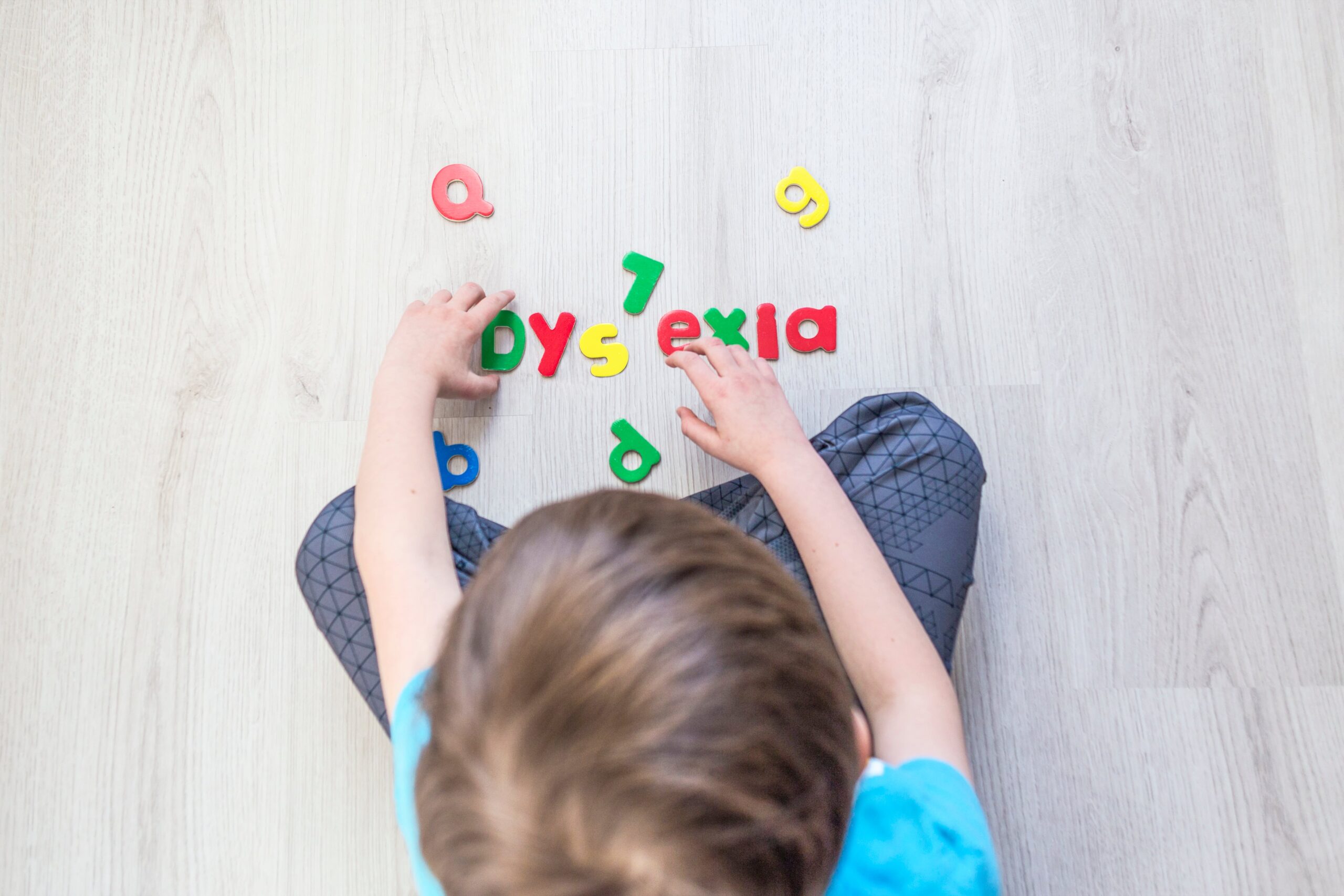
Early intervention is an important resource for young children with dyslexia, as it can help to identify and address any potential learning challenges and support the development of important skills. Dyslexia is a learning disability that affects an individual’s ability to read, spell, and write, and it can impact a child’s ability to learn and succeed in school.
Some key components of early intervention for young children with dyslexia may include:
- Early identification: Identifying dyslexia as early as possible is important, as it can help to address any potential challenges before they become more significant. This may involve using a variety of assessment tools and approaches to identify dyslexia and other learning disabilities.
- Structured literacy instruction: Structured literacy instruction is a systematic and explicit approach to teaching reading and writing skills that is based on the latest research on how the brain learns to read. It can be especially effective for children with dyslexia, as it helps to build the skills and foundations necessary for reading success.
- Multisensory approaches: Using multisensory approaches, such as visual, auditory, and kinesthetic methods, can be helpful for children with dyslexia, as it can engage different learning modalities and help to make learning more concrete and meaningful.
- Accommodations and modifications: Providing accommodations and modifications, such as extra time on tests, use of assistive technology, or access to alternative materials, can help to level the playing field for children with dyslexia and allow them to better access the curriculum.
Overall, early intervention for young children with dyslexia can be a valuable resource for helping children to succeed in school and reach their full potential. It is important to work with a team of professionals, including educational therapists, teachers, and other specialists, to develop a tailored and evidence-based plan that meets the unique needs of each child.







